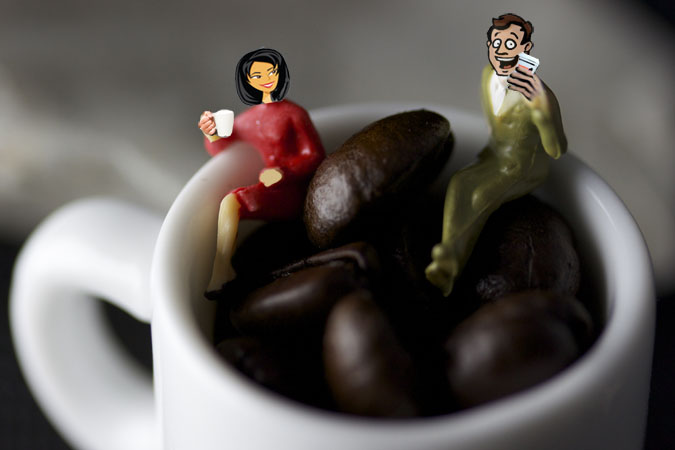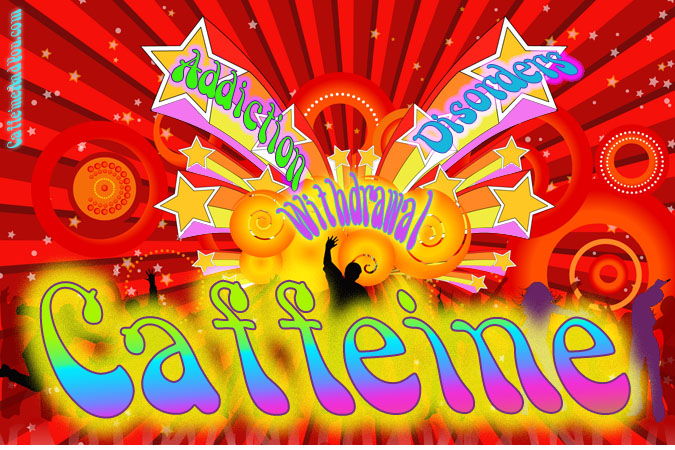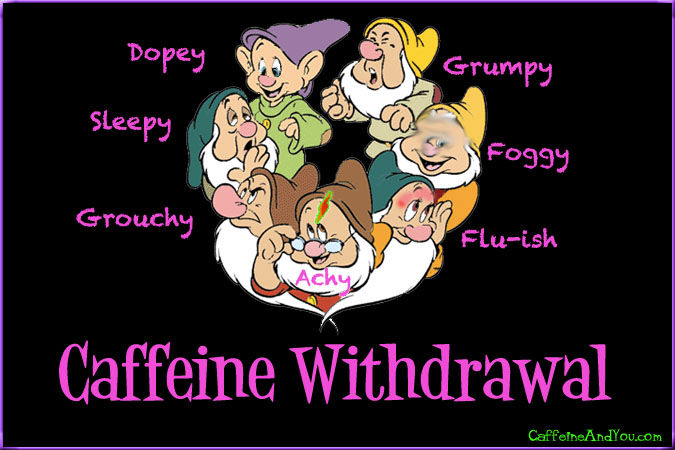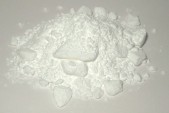 One size does not fit all – especially with caffeine.
One size does not fit all – especially with caffeine.
This chapter helps explain why some people can drink five cups of coffee a day, and others top off at one. And why coffee is habit-forming for some people, but others have no problem quitting their morning joe.
We’re not always sure how caffeine works, but one thing is clear: all sorts of variables impact how each individual metabolizes caffeine, and even these change throughout a lifetime.
Early caffeine studies often treated subjects the same, whether they were men or women, smokers, or old or young. But over the past decade, scientific research has been more rigorous, aided by tools like the human genome project, MRIs, and other advances. Some of this newfound knowledge explains the discrepancies in early research results, and at the same time, reinforces the need for more research.
Want to know why your caffeine experience is unique to you? Jump into the topics of tolerance, genetics, and caffeine’s half-life, as explained in the next three sections…




